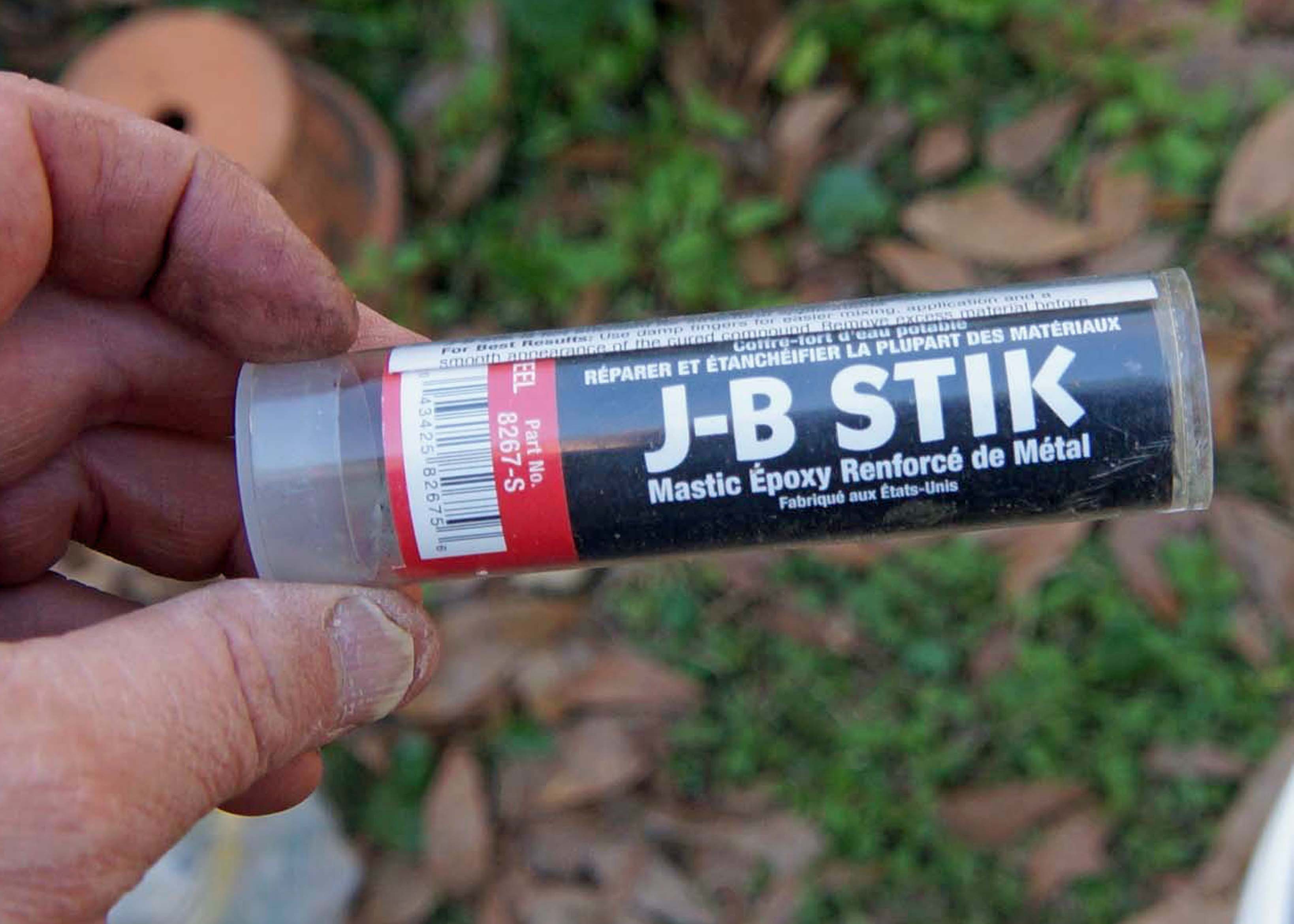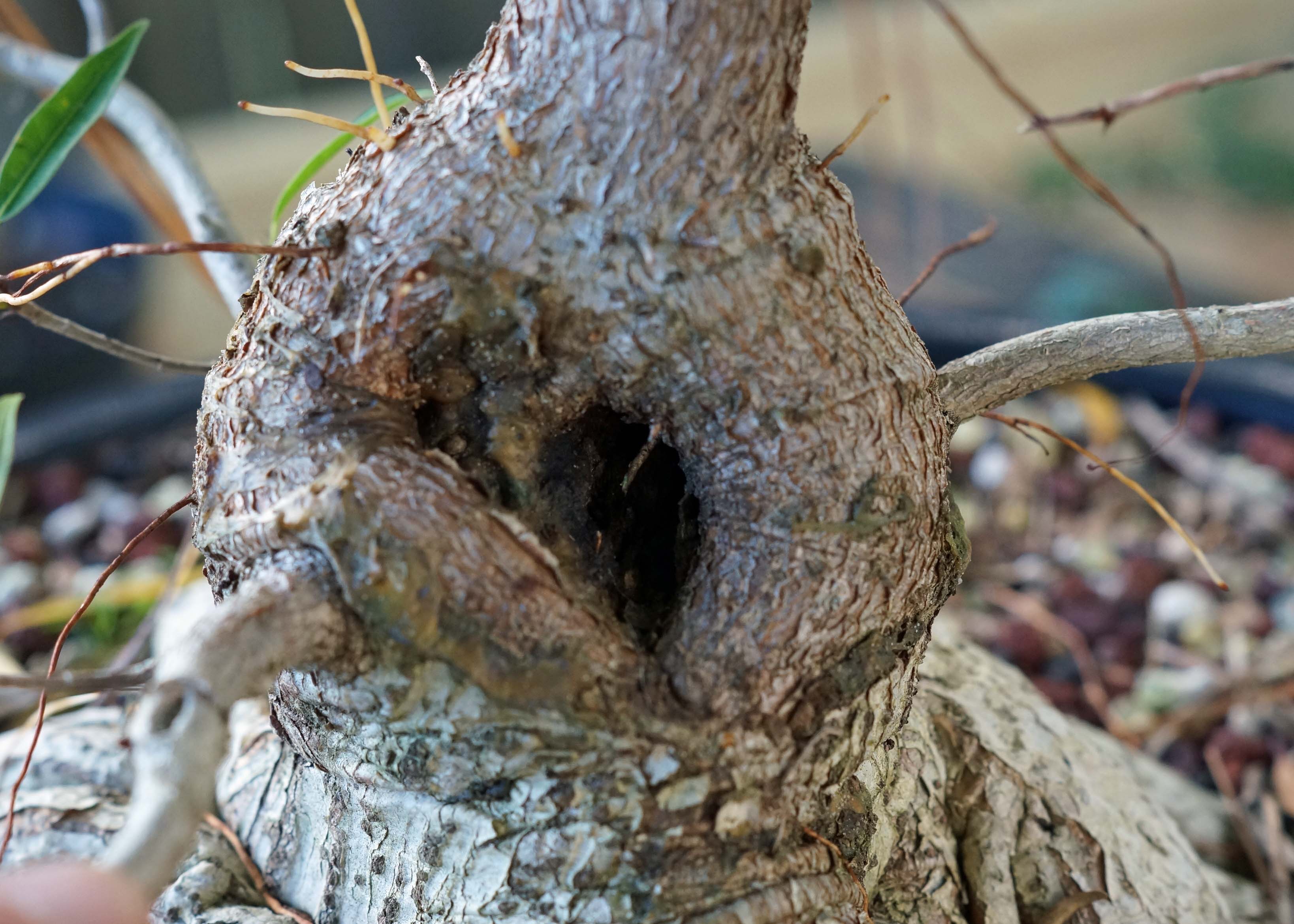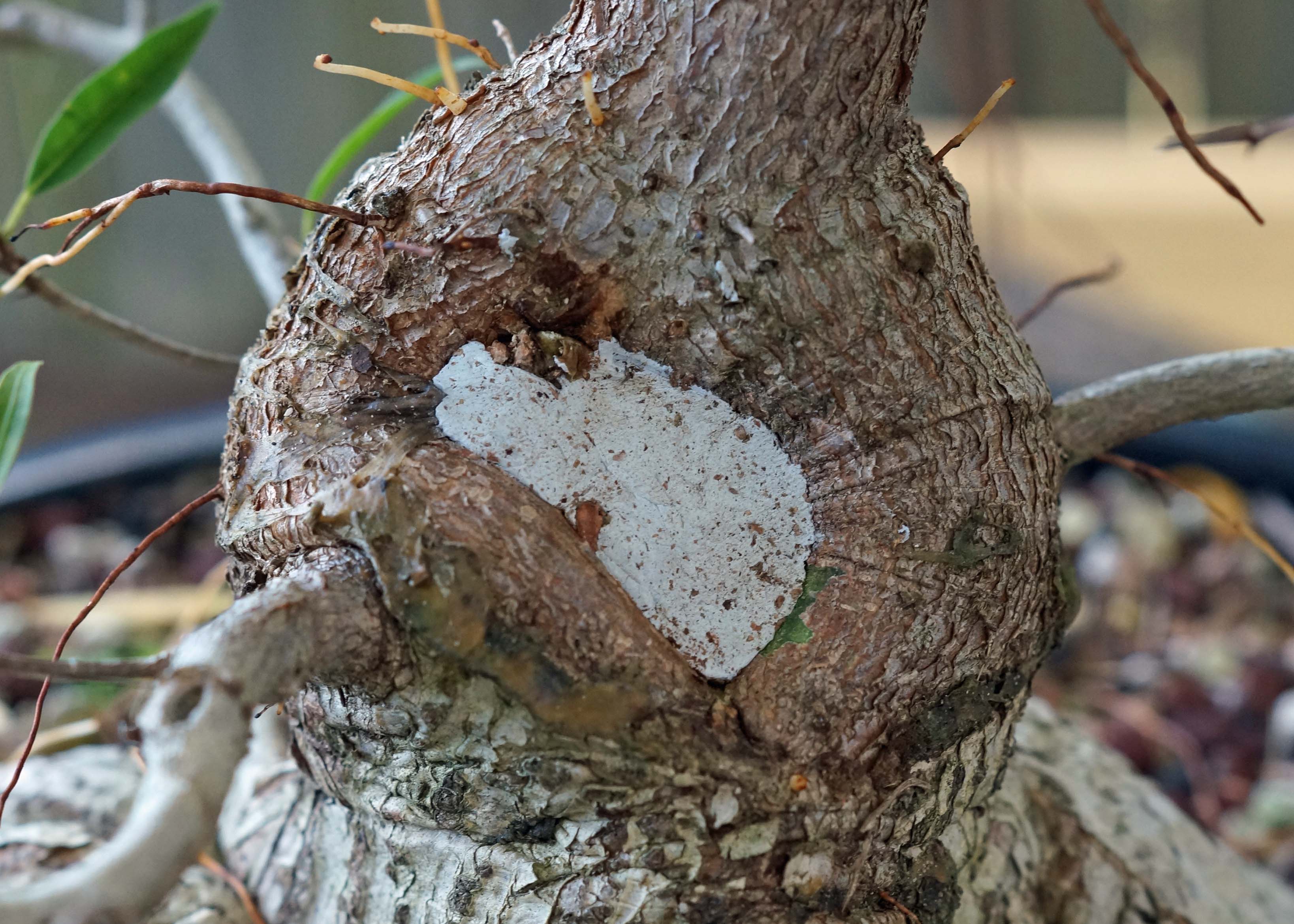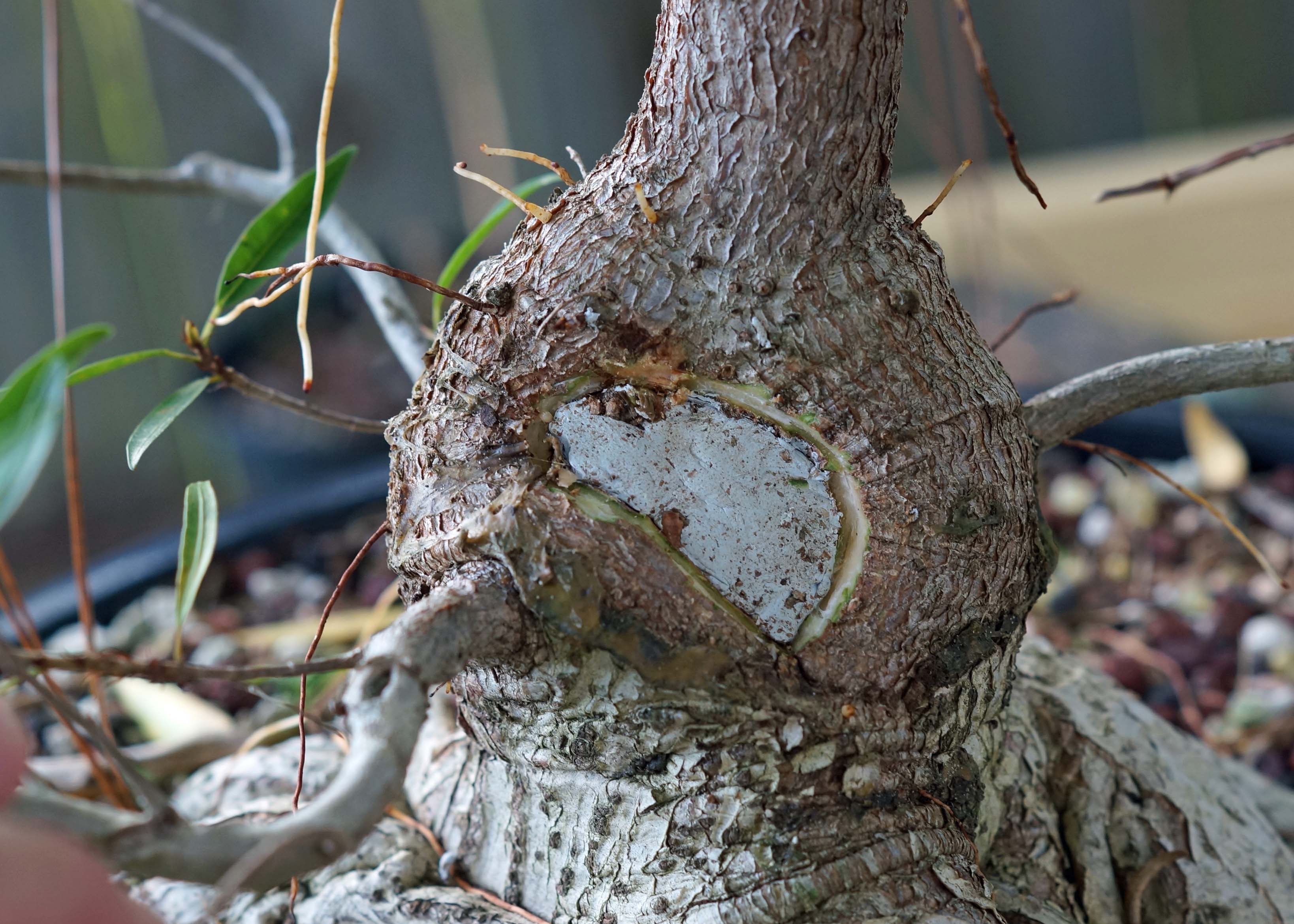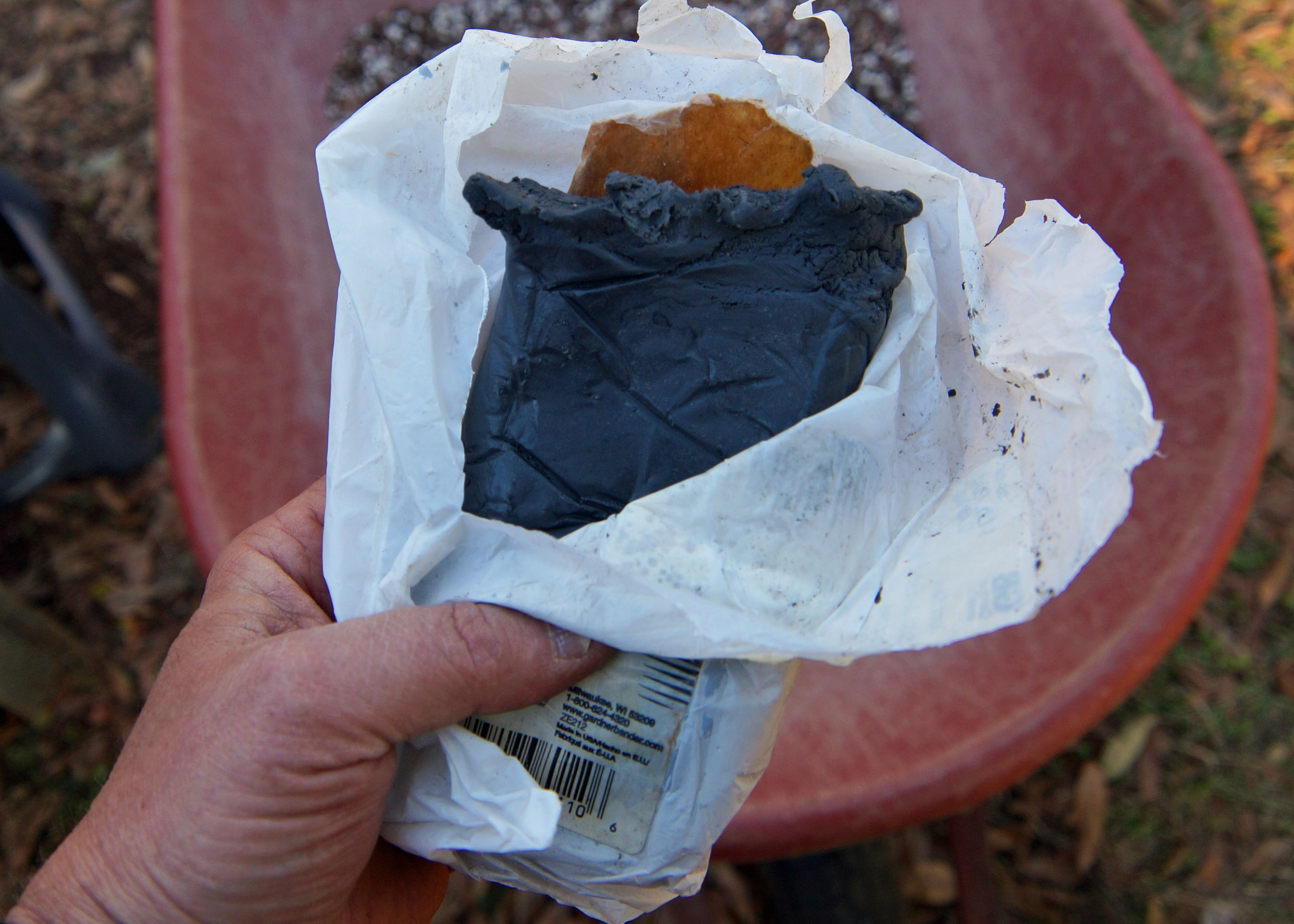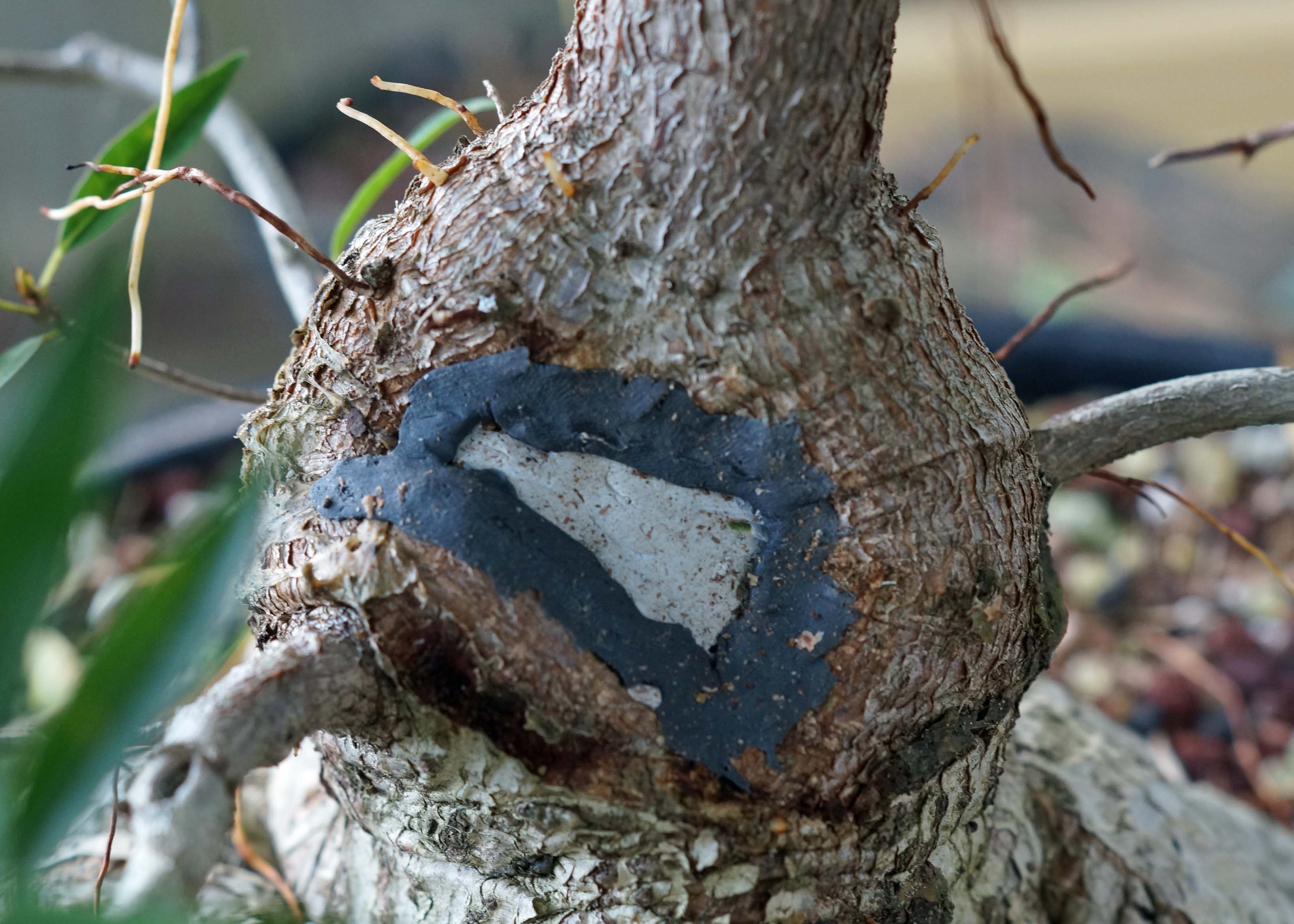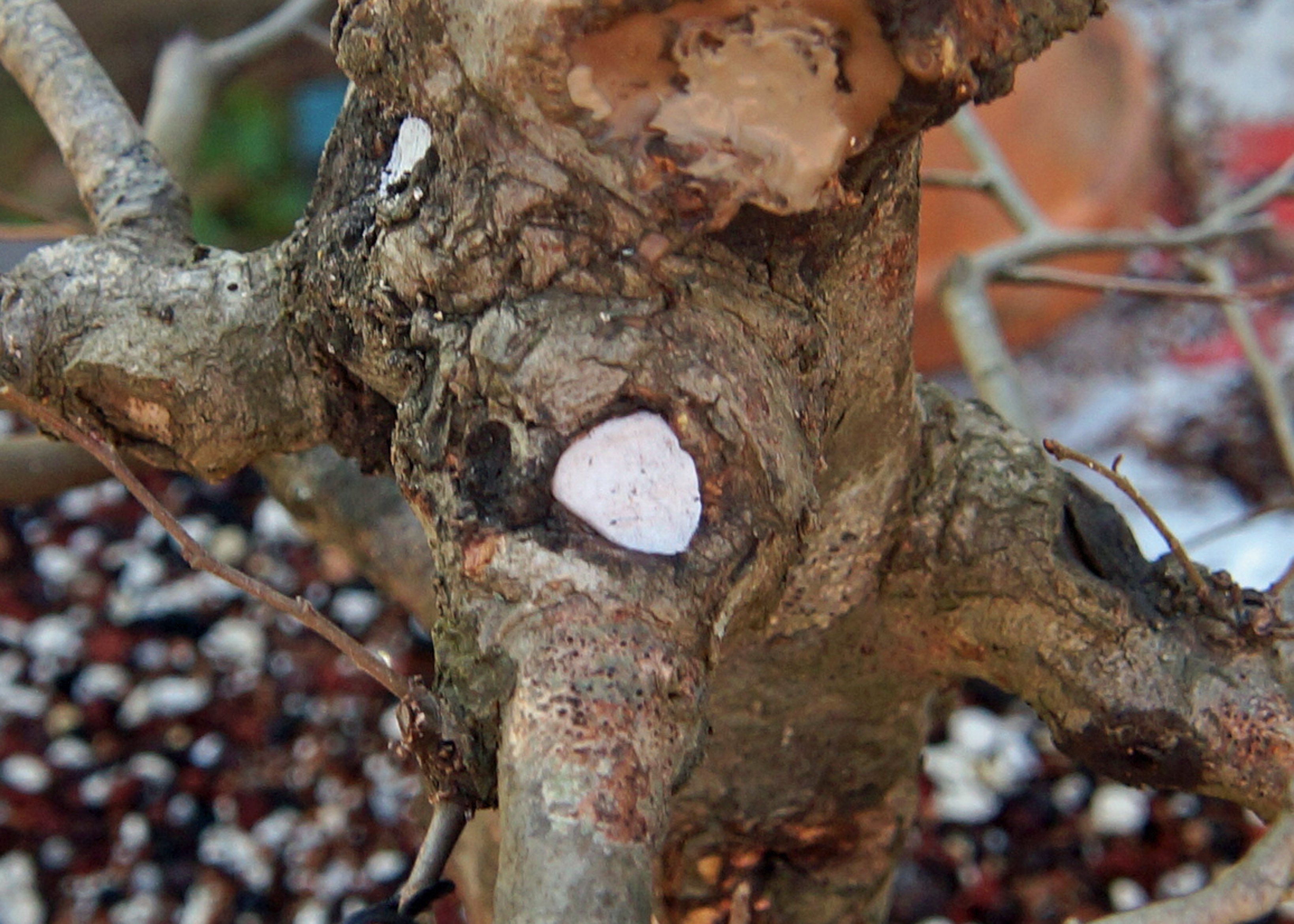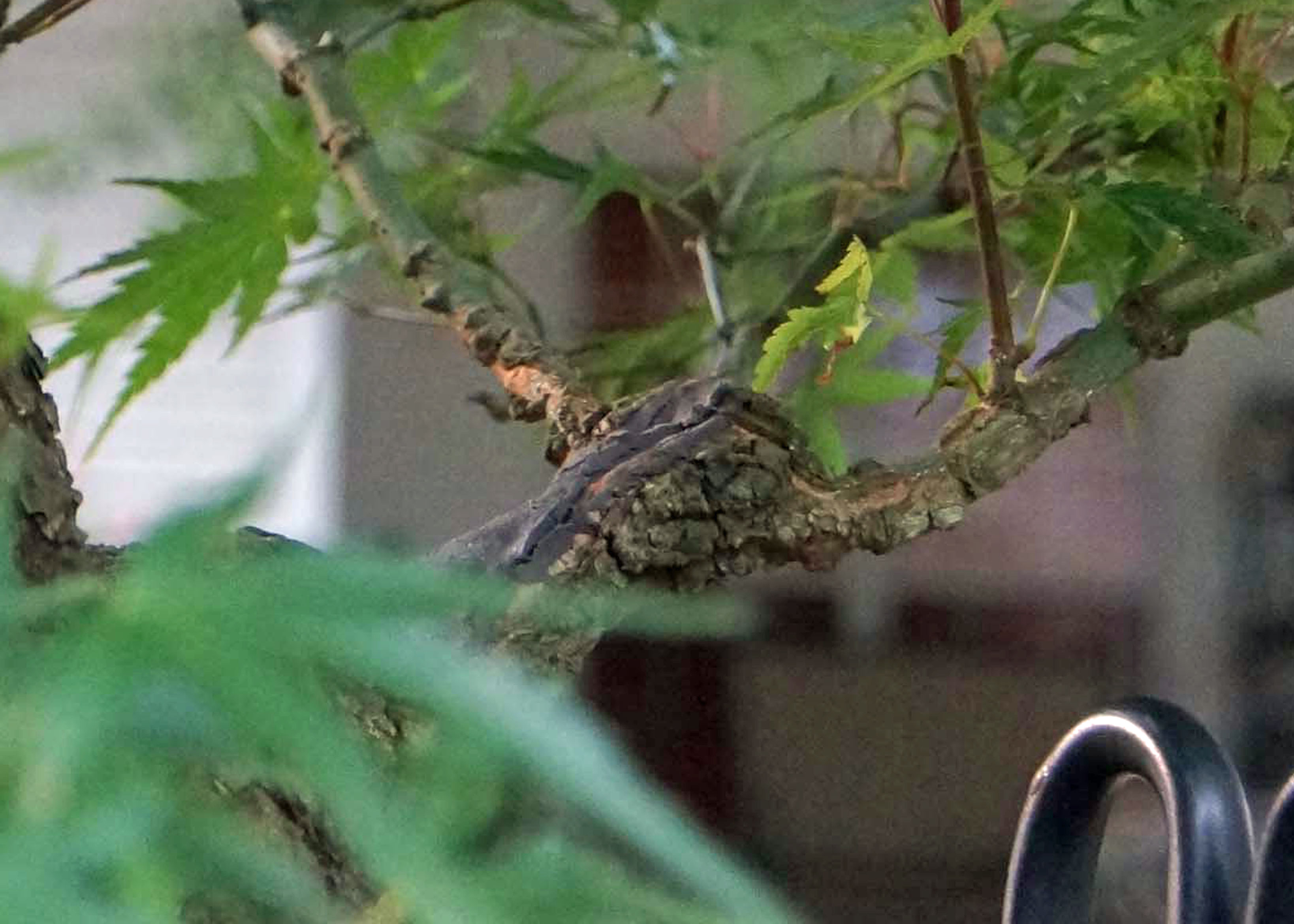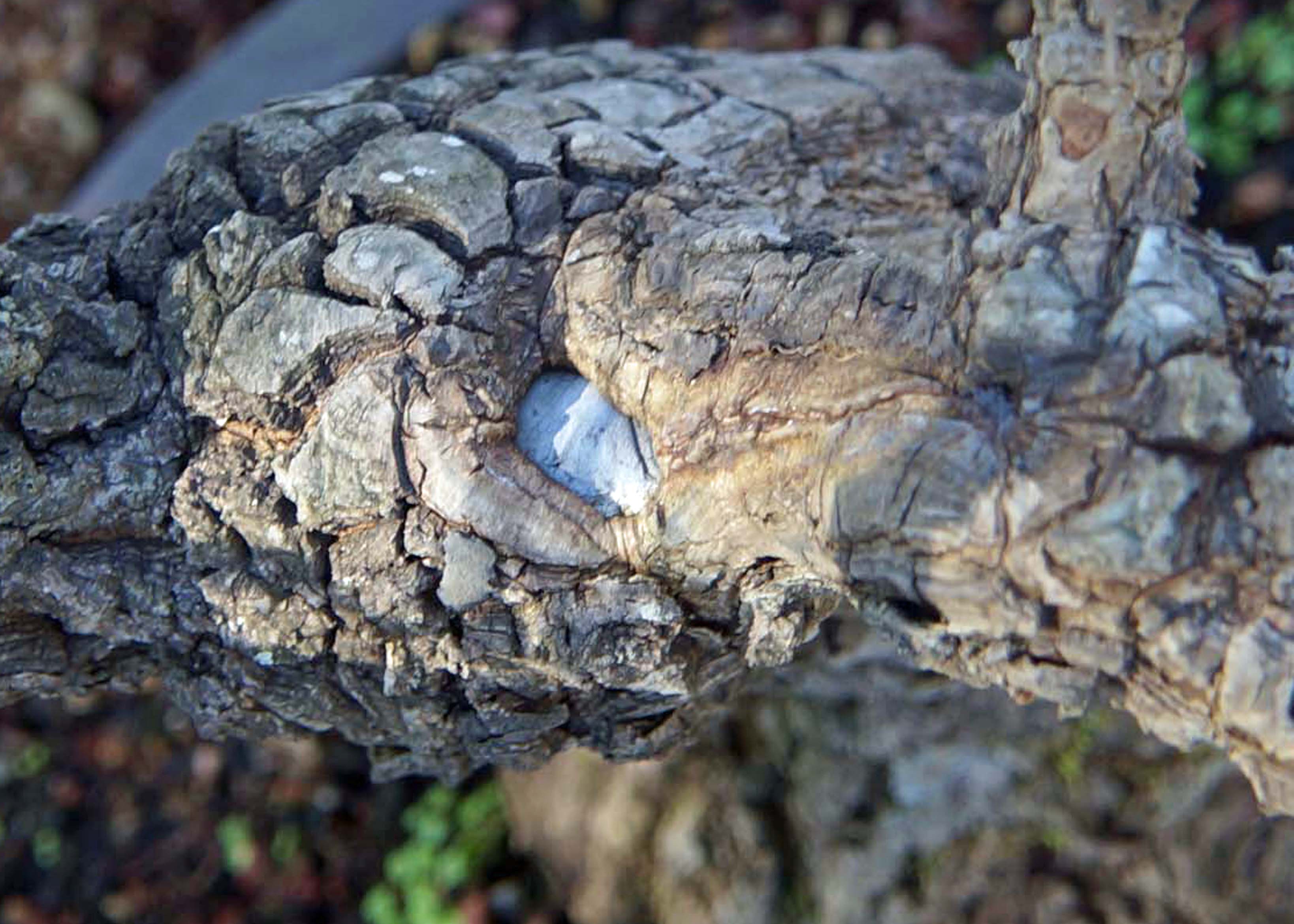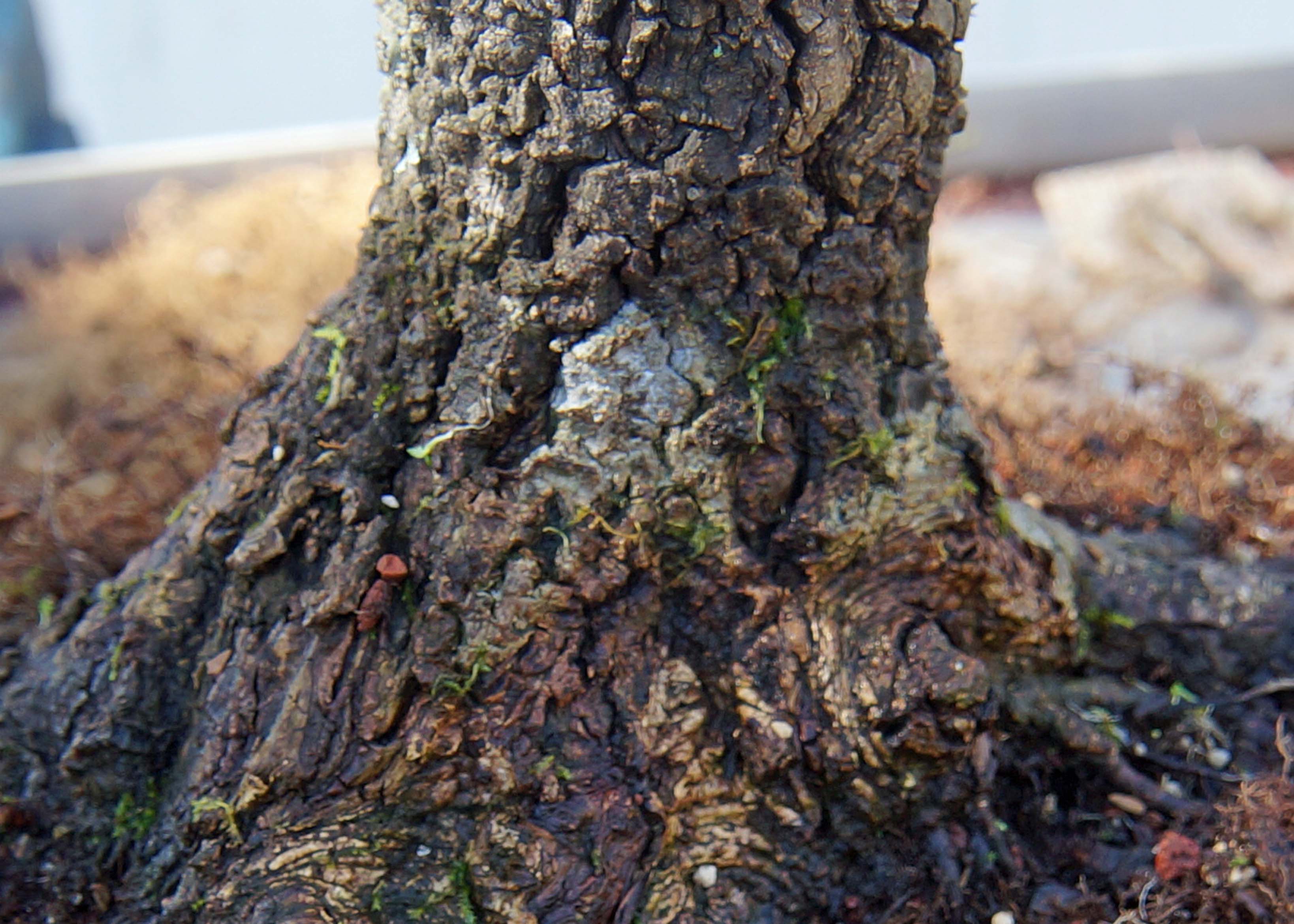Trees are amazing forms of life and like humans have the ability to heal themselves. Like humans, severe wounds will often leave a bad scar, have trouble healing, or not heal at all. Luckily, trees respond to wound treatment and with a little help will heal properly and minimize scarring.
What do you do if there is avoid or cavity that has no foundation for the tree to callus over? One material that I have used to fix this and provide the tree with a platform to build tissue over is epoxy putty.
What do you do if there is avoid or cavity that has no foundation for the tree to callus over? One material that I have used to fix this and provide the tree with a platform to build tissue over is epoxy putty.
There are many different brands and they can be found at any home improvement store, craft store, and even at the Evil Empire, Walmart. I find that one that cures in 10 – 15 minutes to be ideal, it gives you enough working time to get the putty smoothed out but hardens quick enough that you can finish in a timely manner. I have successfully used this technique on ficus, Japanese maple, and American Hornbeam.
Let’s take a look at an example. Our patient is a ficus salicaria, or ficus neriflora, or willow leaf ficus, or whatever, that was damaged by an unexpected freeze a couple of years ago. The trunk was killed by the cold down to the soil level and I been have letting it grow freely for the last couple of years with hopes of making a sumo-style tree. Here she is:
Let’s take a look at an example. Our patient is a ficus salicaria, or ficus neriflora, or willow leaf ficus, or whatever, that was damaged by an unexpected freeze a couple of years ago. The trunk was killed by the cold down to the soil level and I been have letting it grow freely for the last couple of years with hopes of making a sumo-style tree. Here she is:
If you look closely at the picture, you will see a dark spot at the top of the large base of the tree. This is a spot that the tree did not cover with callus and it rotted. I intended to take a close-up of the rot but got side-tracked and missed it, so, here is a close-up of the hole left by cleaning out the rot:
After you get the rot cleaned out, cut the amount of putty that you think you will need off of the stick that is in the tube. It is basically like a jelly roll, there is hardner in center surrounded by the resin. Follow the instructions on the packaging, but basically you just knead the putty until it becomes a uniform color (the hardner and resin are usually two different colors). Once you have done that, work the putty into the void, trying to completely fill the cavity. You want to end up with the top of the putty flush with the woody part of the trunk but lower that the edge of the callus so it can just roll over the epoxy as it closes the wound. If you have too much, you can easily scoop some off with a knife before it hardens. You can also wet your finger with a little water or saliva and smooth the putty out once you get it into place. Here is how it looks:
After it hardens, trim the edge of the callus a little to stimulate growth.
Then seal of the edges with cut putty. While on the subject of cut putty, I don’t buy the expensive $15 for a tiny tub Japanese stuff. I use a product called Duct Seal, it is virtually the same thing and a one-pound puck of the stuff is only about $2.50 at Lowe’s or Home Depot. You will find it in the electrical supply section. Here is a picture:
Applied to the tree:
And that is that. I will revisit this tree next summer and we will take a look at the progress it has made on healing over the epoxy. While we are waiting let’s look at some other trees that I used this technique on. Here is an American hornbeam that I used epoxy to fill some holes left by the previous owners pruning.
I have also used this to repair some severe damage to a Japanese Maple “arakawa”, or cork barked maple. This maple was attacked by a fungus that almost completely killed one side of the tree, I took it to my dad who has two green thumbs and he managed to save it. It managed to recover most of the trunk with bark but was left with a hole that went down the middle of the trunk and exited just above the roots. I cleaned out as much of the rotted wood as I could and filled the bottom hole with epoxy putty in the manner described above. Using another product recommended by bonsai legend, Joe Day, called Durham’s Rock Hard Water Putty, I filled the void inside the tree. Durham’s water putty can be found at Home Depot and Lowe’s. After it had hardened, I sealed the top with more epoxy putty. Unfortunately, I cannot locate the pictures that I took of this process while I was doing it. After several seasons, the bottom hole has completely healed to the point that if you did not know where to look you could not find it. The top is almost completely healed:
Don’t be scared to give this a whirl, you will be surprise how well it works. If you have any questions, please feel free to ask, just use the contact page.




